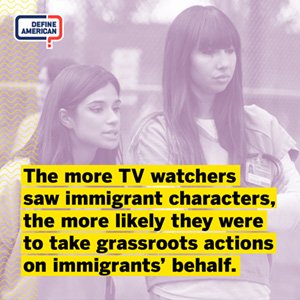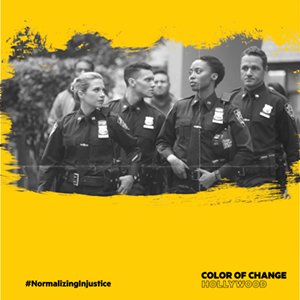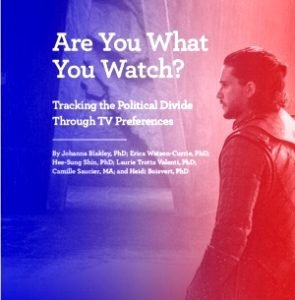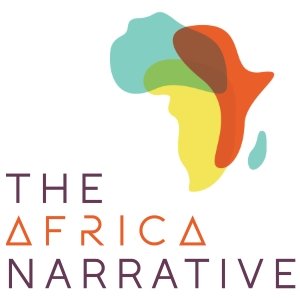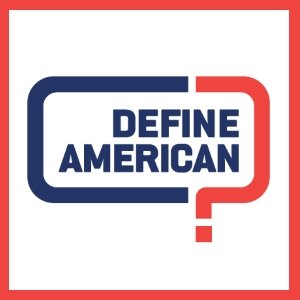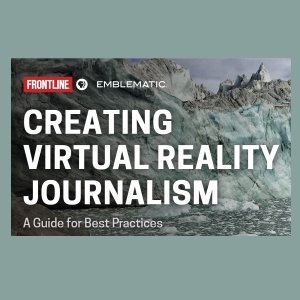Charitable Giving in the Media
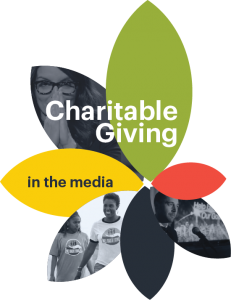 In 2019, the percentage of Americans who donated to charity was at an all-time low. To understand why, it is essential to first ascertain the dominant cultural norms and narratives around charitable giving in the United States. Mass media play a powerful role in shaping our social norms, attitudes, and behavior on a wide variety of issues, and could be a highly effective medium for promoting charitable giving. However, there is little research on how giving is represented in mass media, and what little research exists is focused primarily on news and social media. With this in mind, the Bill & Melinda Gates Foundation commissioned the Media Impact Project to analyze the narratives about giving conveyed through mass media news and entertainment, as well as what types of media content are consumed by potential donor audiences. We conducted a mixed-methods study called a cultural audit, which included:
In 2019, the percentage of Americans who donated to charity was at an all-time low. To understand why, it is essential to first ascertain the dominant cultural norms and narratives around charitable giving in the United States. Mass media play a powerful role in shaping our social norms, attitudes, and behavior on a wide variety of issues, and could be a highly effective medium for promoting charitable giving. However, there is little research on how giving is represented in mass media, and what little research exists is focused primarily on news and social media. With this in mind, the Bill & Melinda Gates Foundation commissioned the Media Impact Project to analyze the narratives about giving conveyed through mass media news and entertainment, as well as what types of media content are consumed by potential donor audiences. We conducted a mixed-methods study called a cultural audit, which included:
- A national audience survey of charitable giving audiences
- An analysis of 2.6 million hours of television
- A deep-dive into scripted content to better understand the narratives about giving that dominate the media landscape
Detailed Findings
Detailed Methodology
—–
Formative Research
This research study began with landscape analysis of the existing literature on media representations of charitable giving, framing of related issues like poverty, and the factors that make charitable appeals most effective. We also interviewed 13 experts and key leaders in charitable giving or developing narratives for prosocial impact.
Charitable Giving in Mass Media: Content, Perceptions & Outcomes
Analysis of the Research Landscape
Charitable Giving in Mass Media: Opinions & Insights
Interviews with Key Stakeholders

